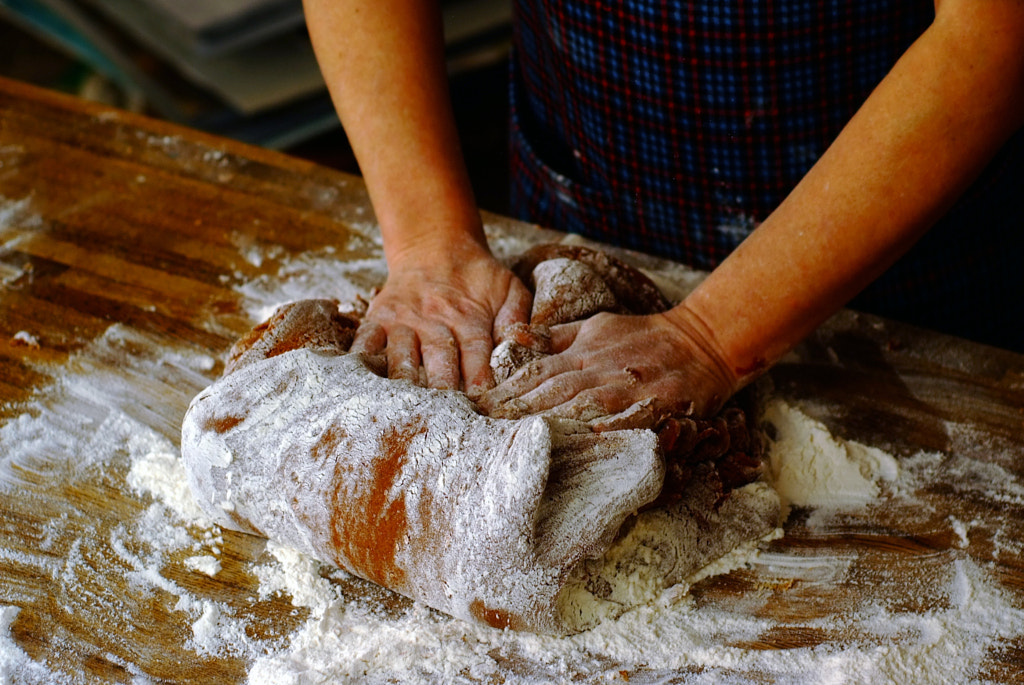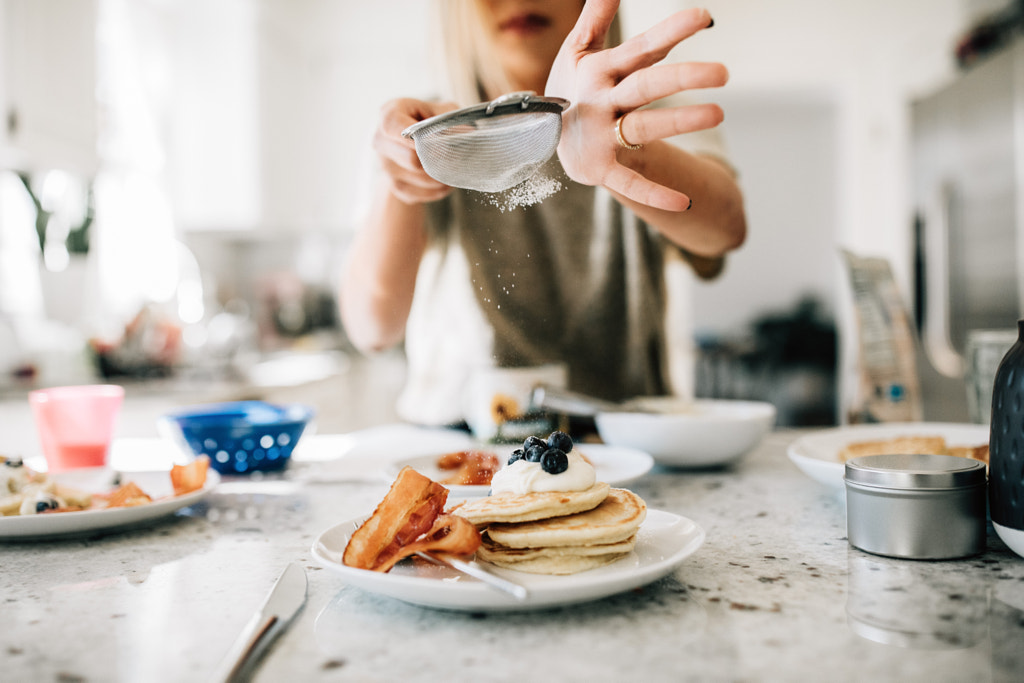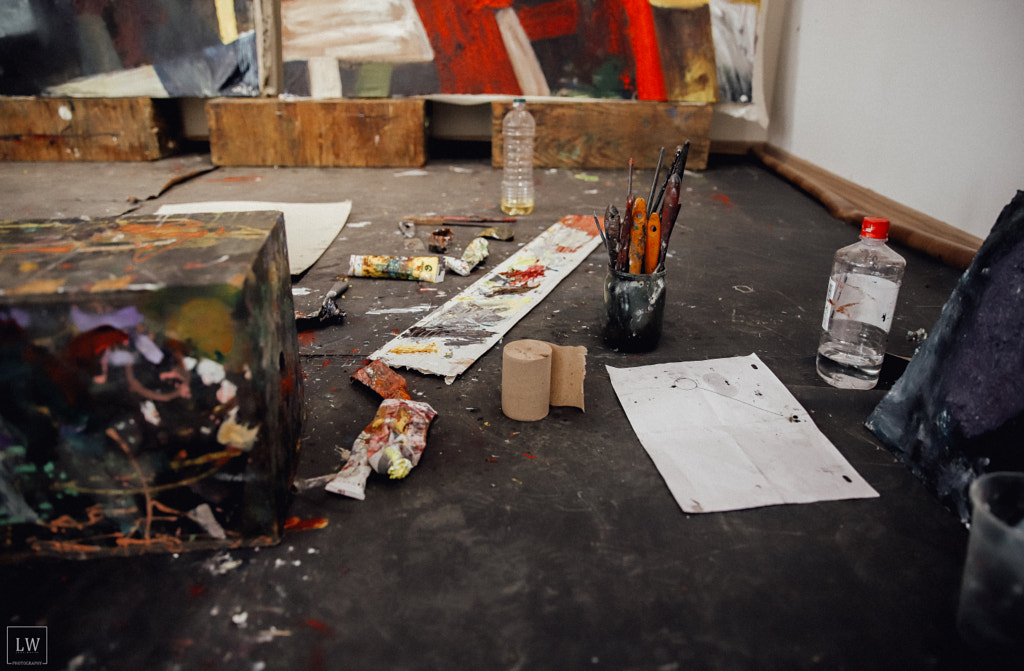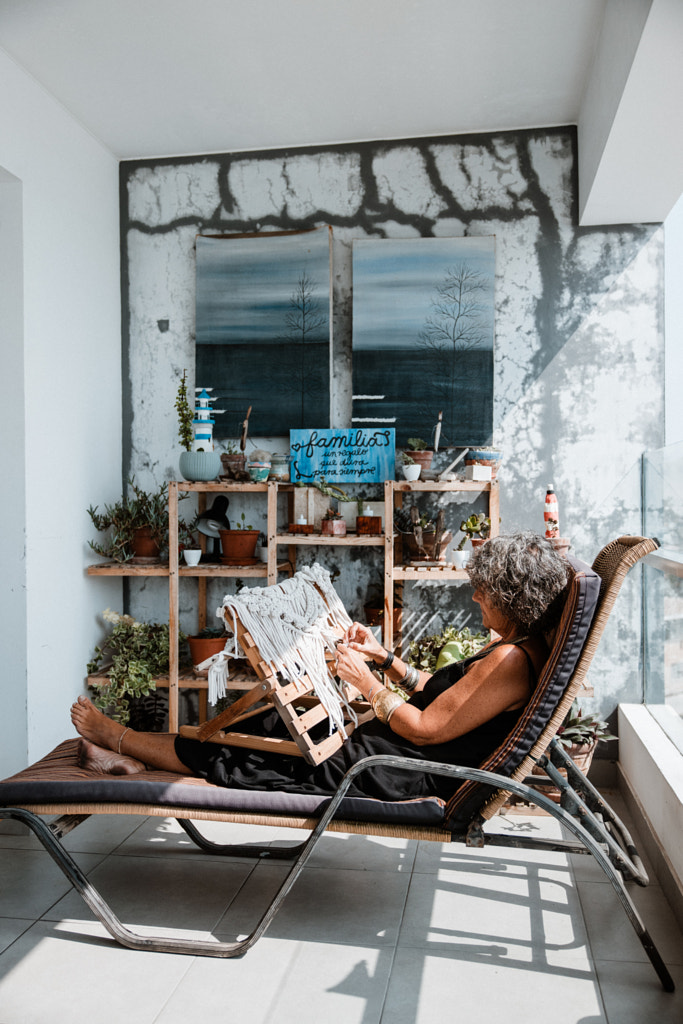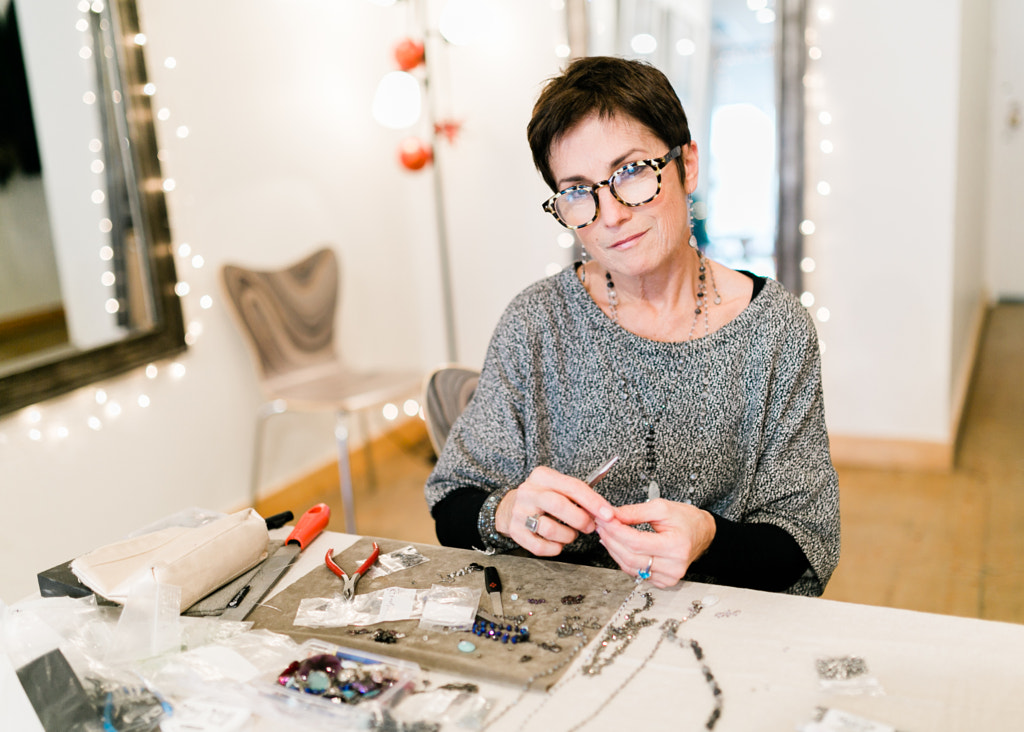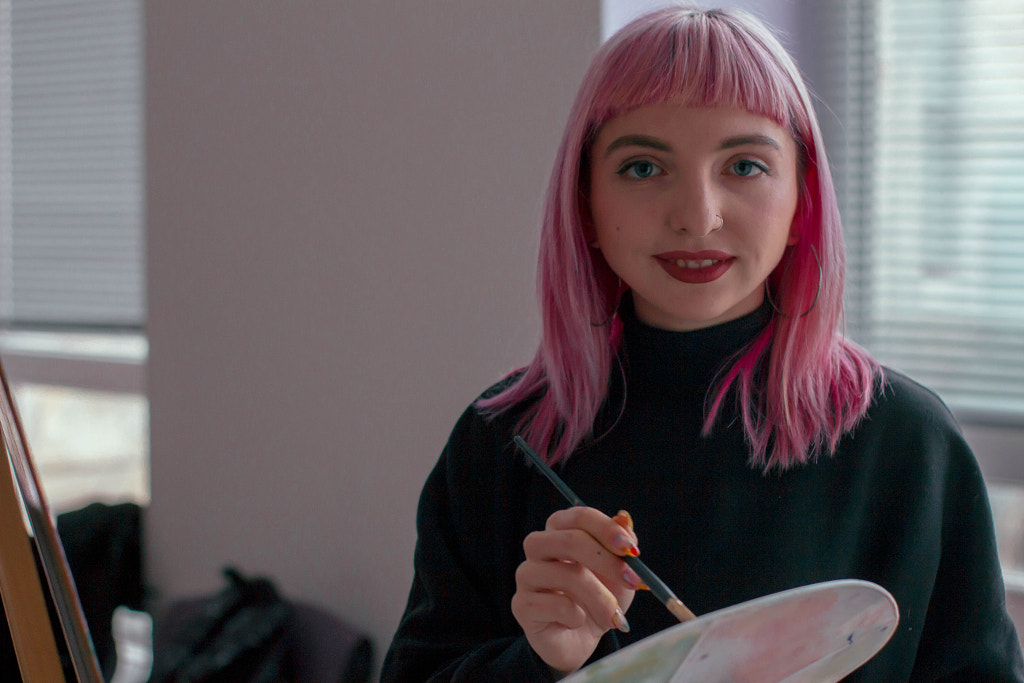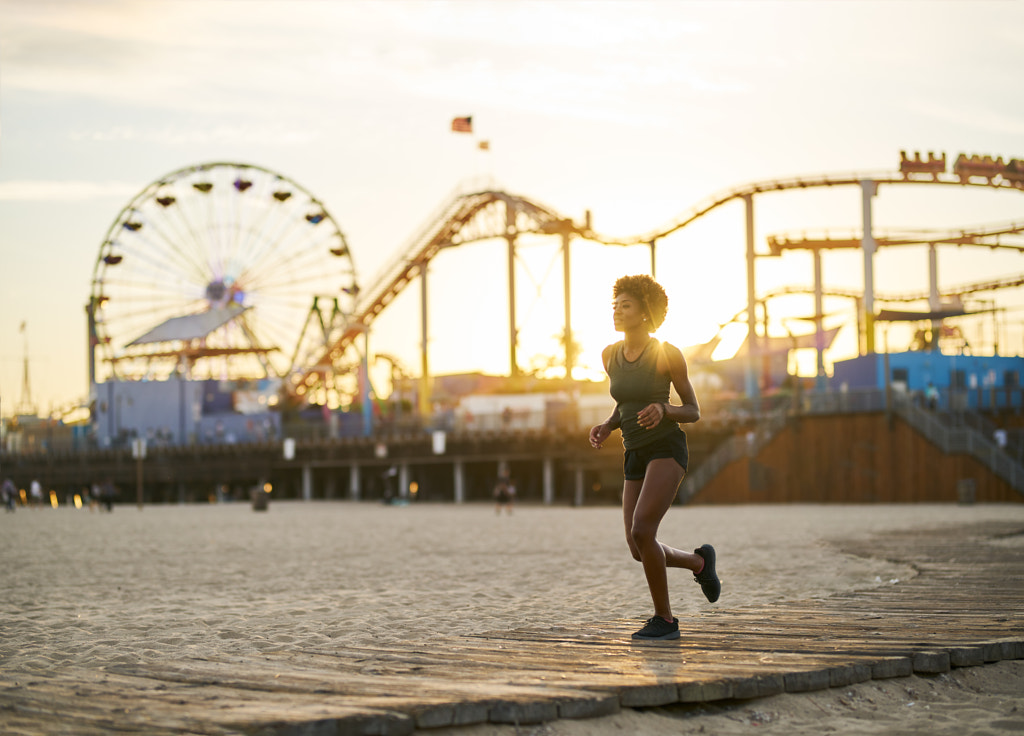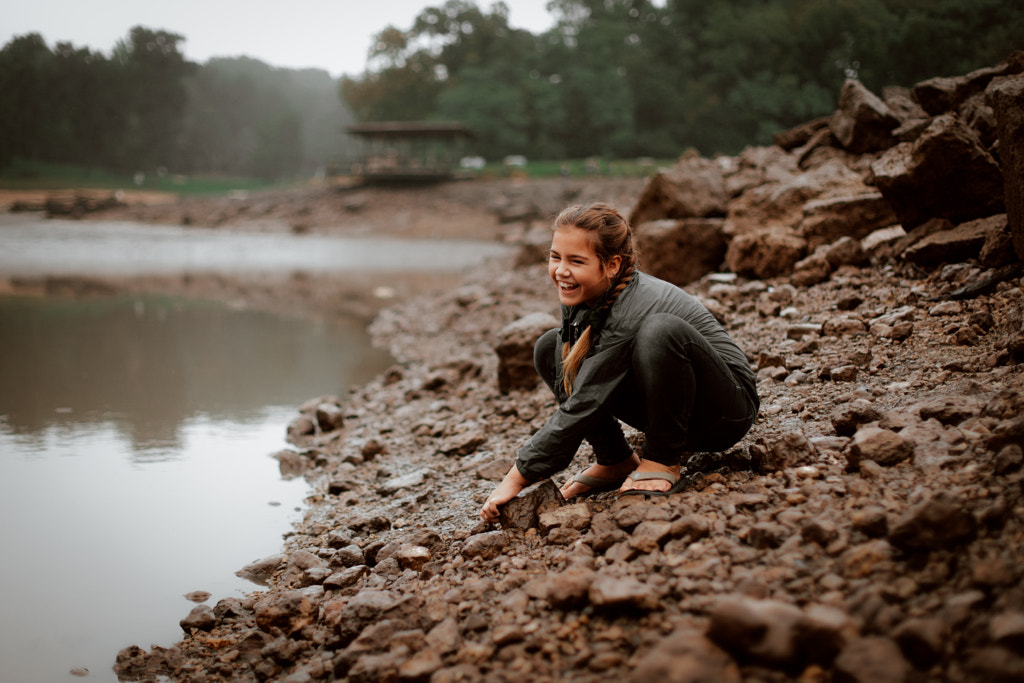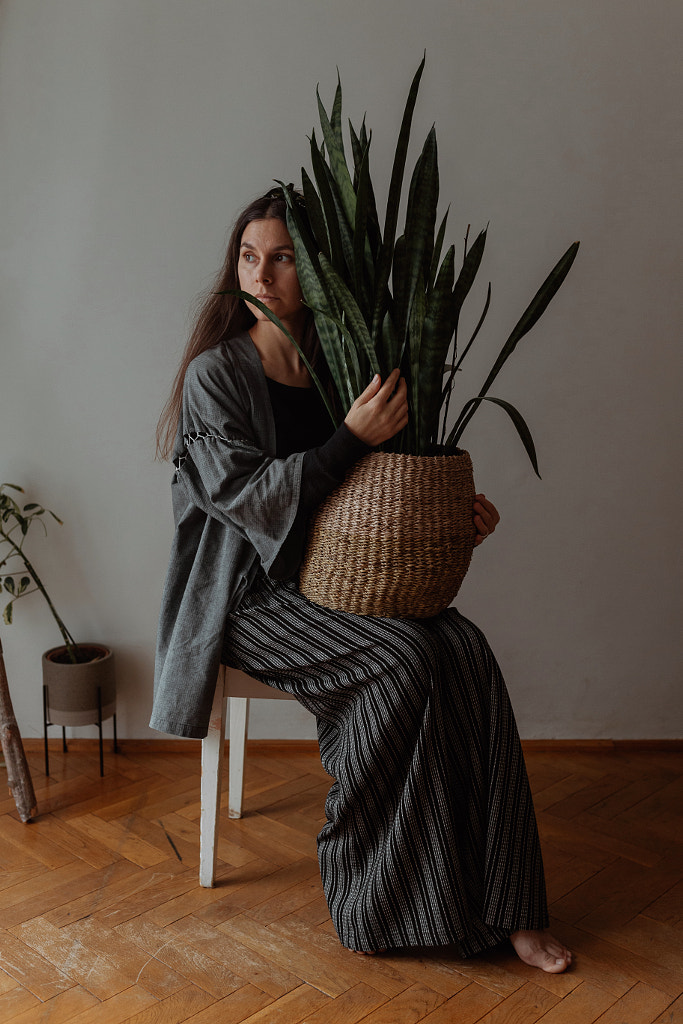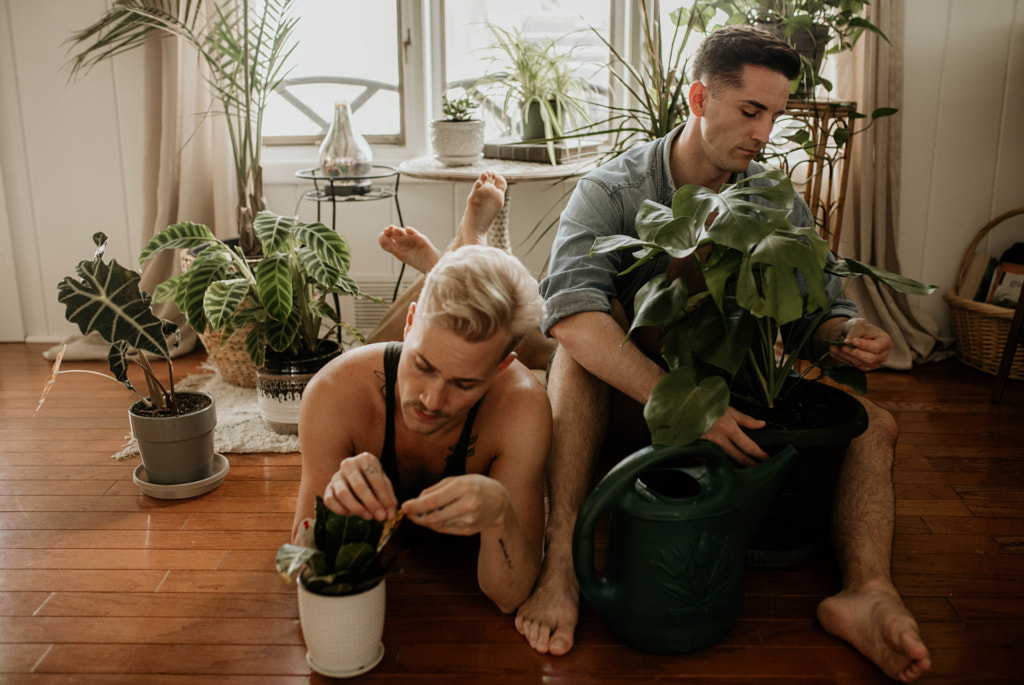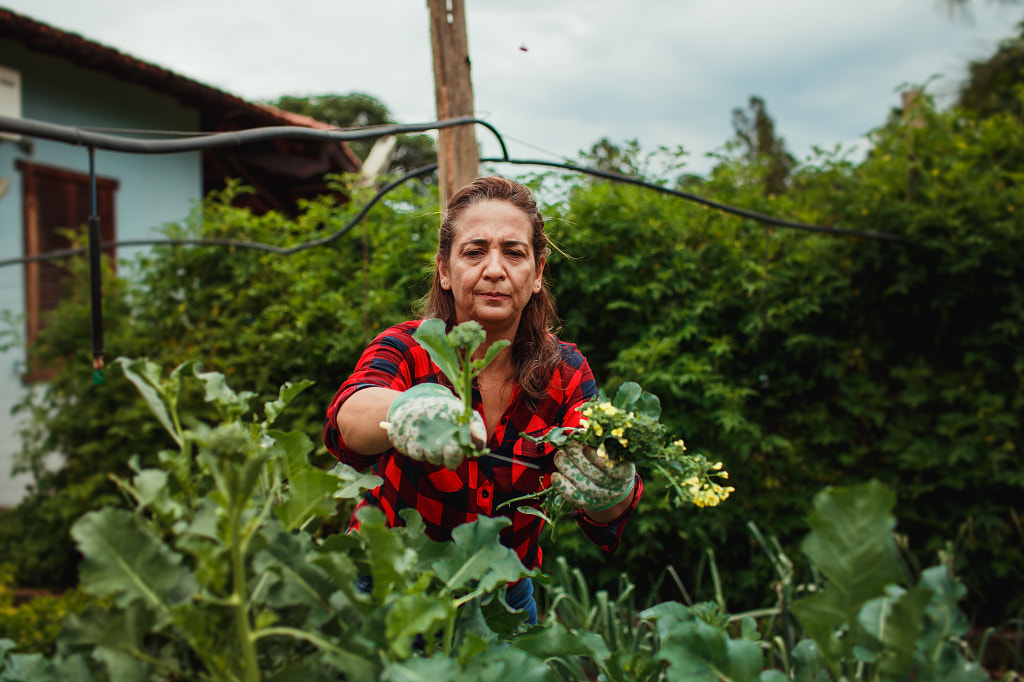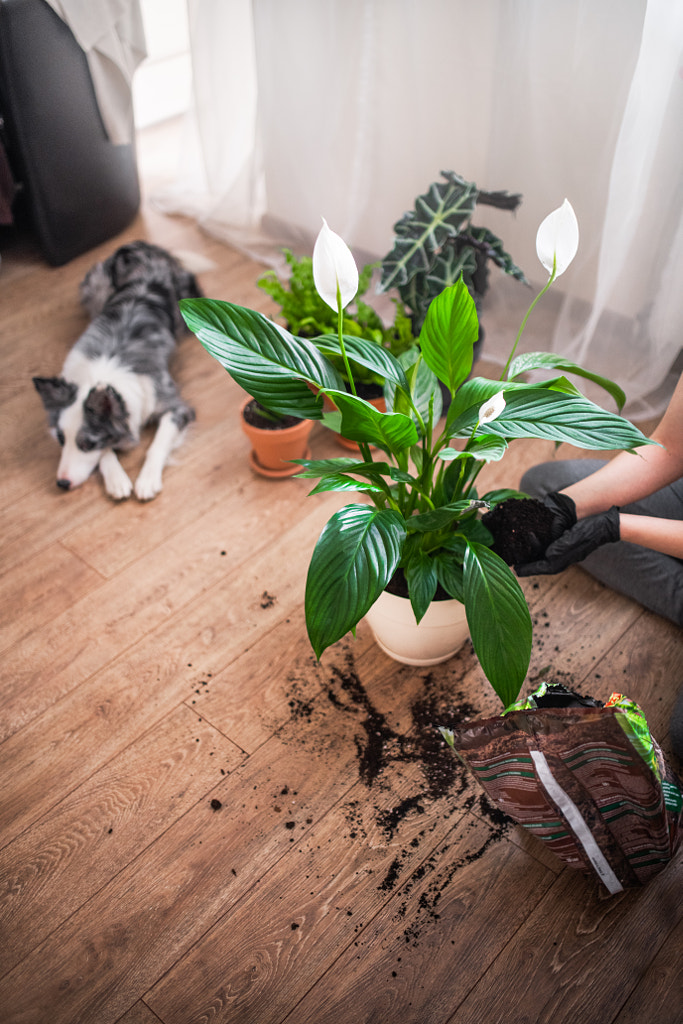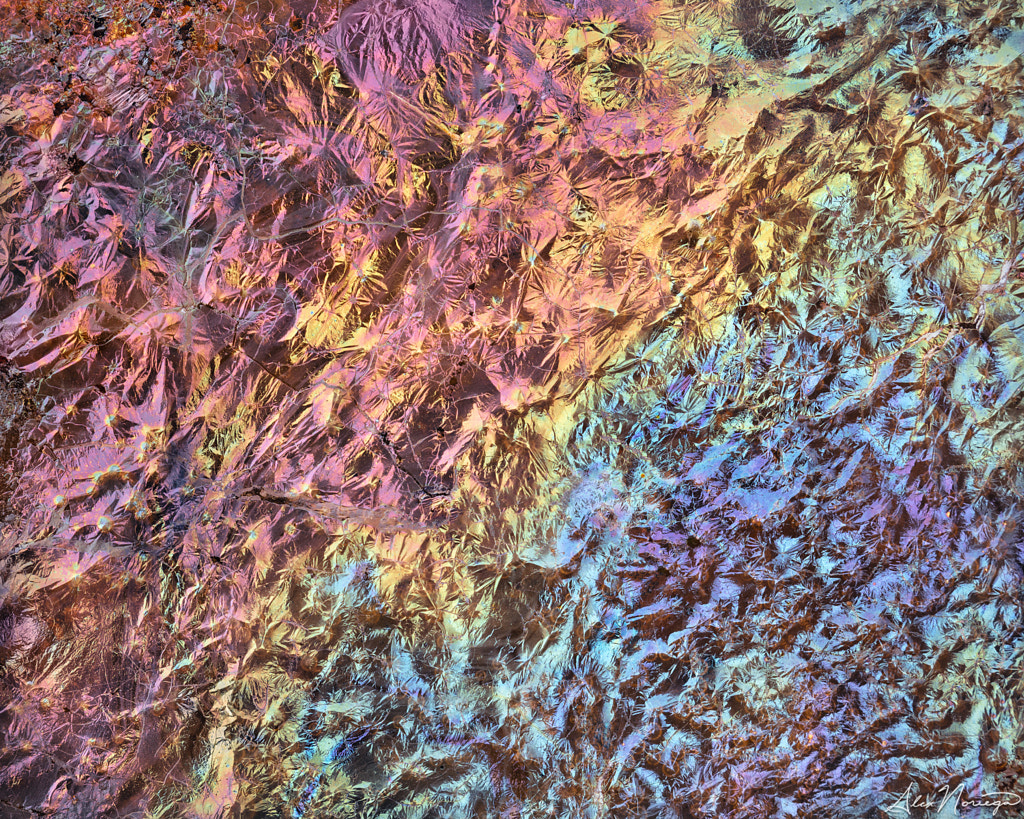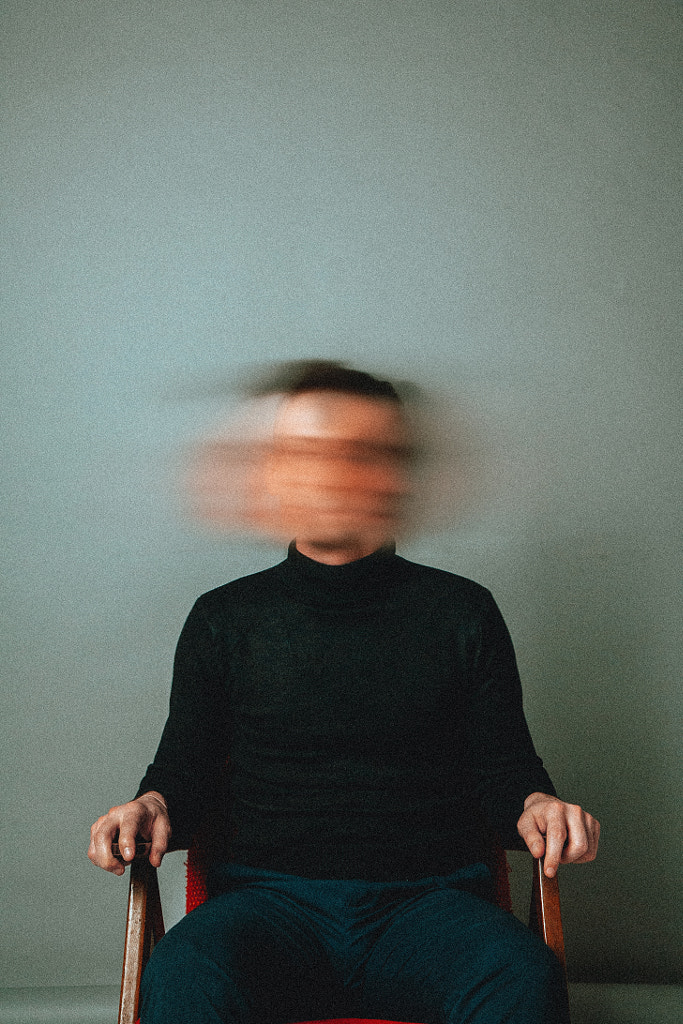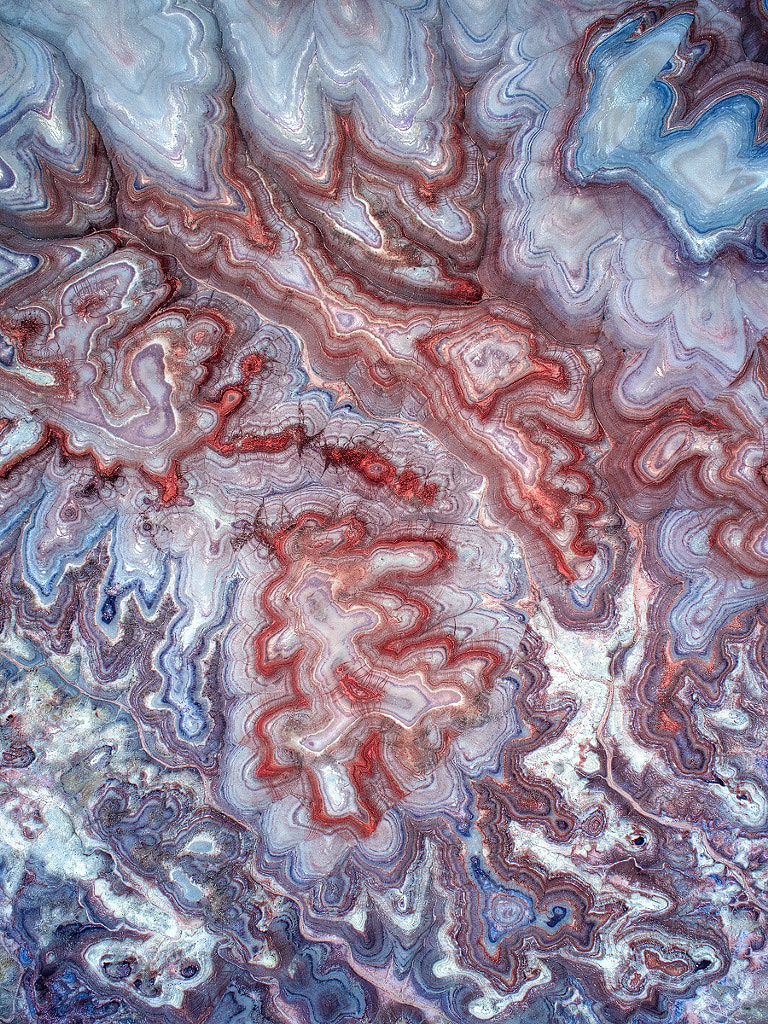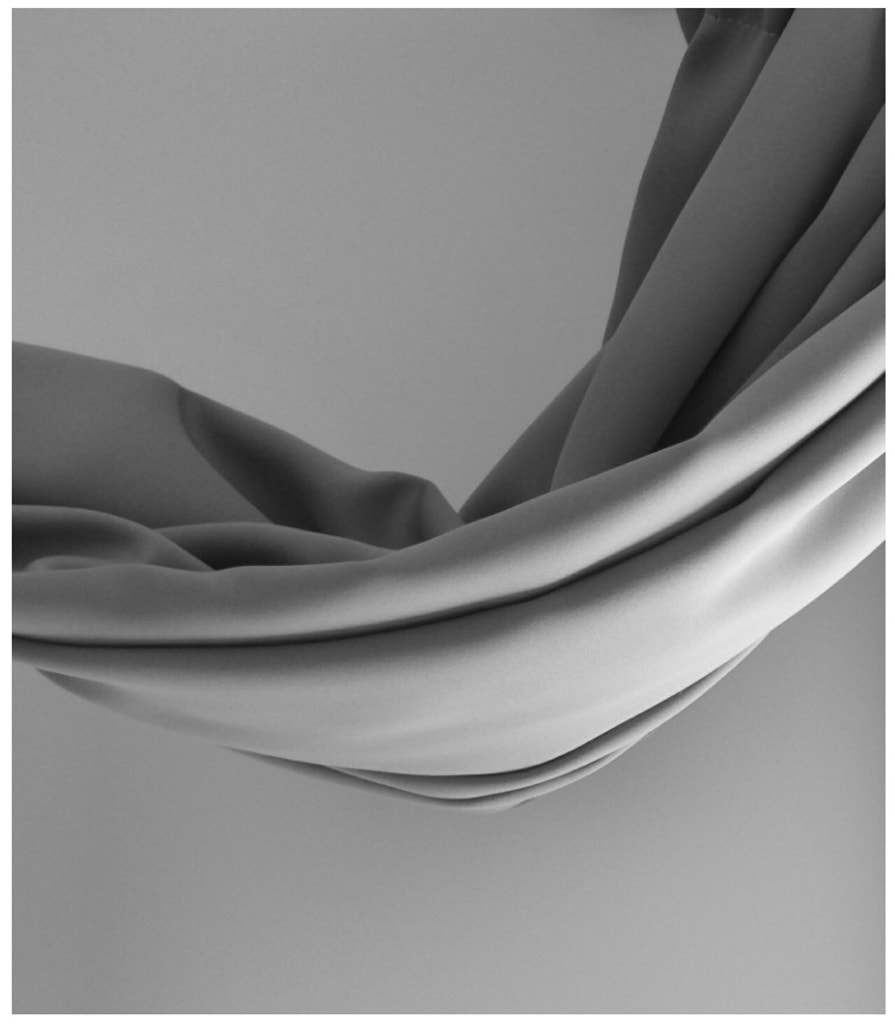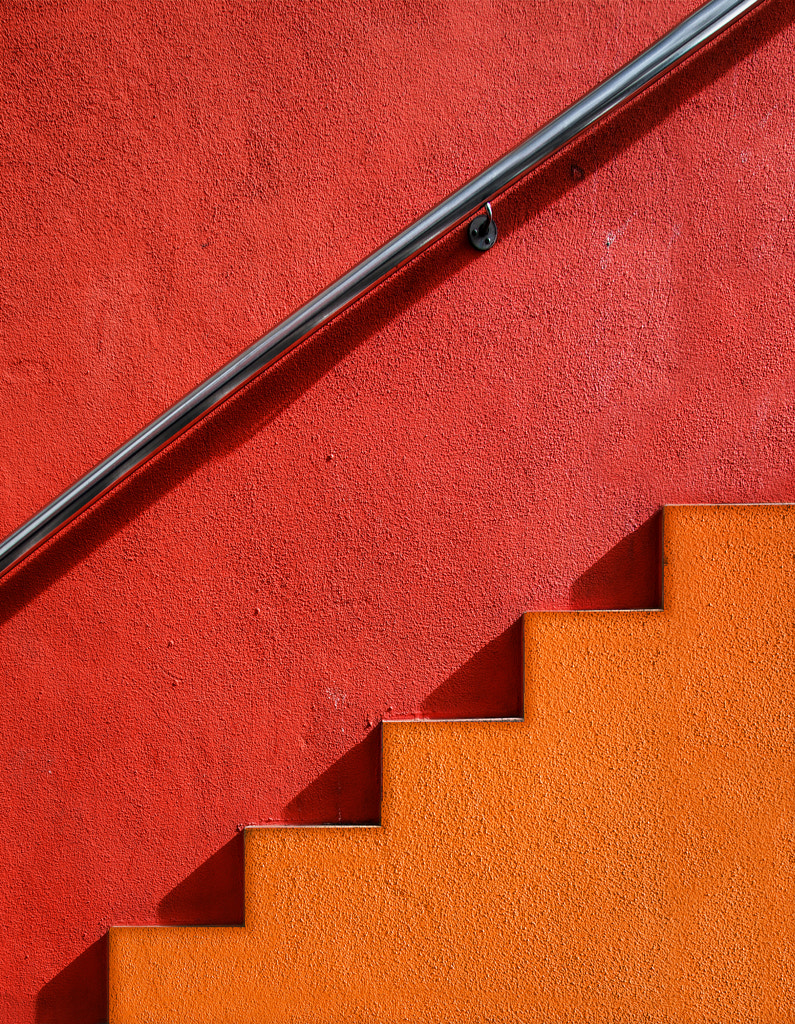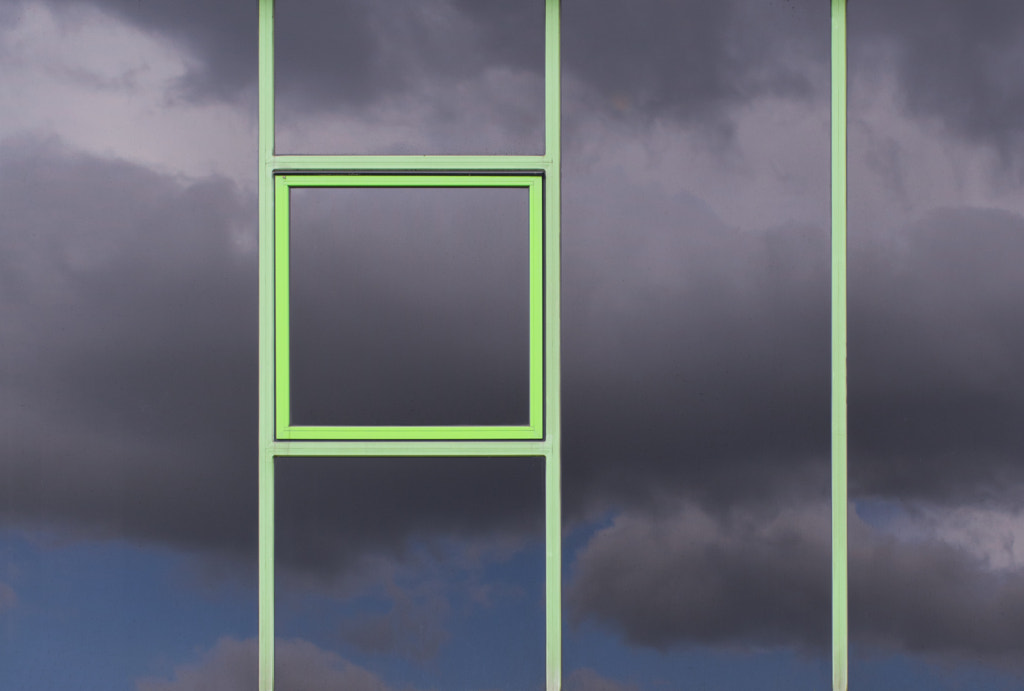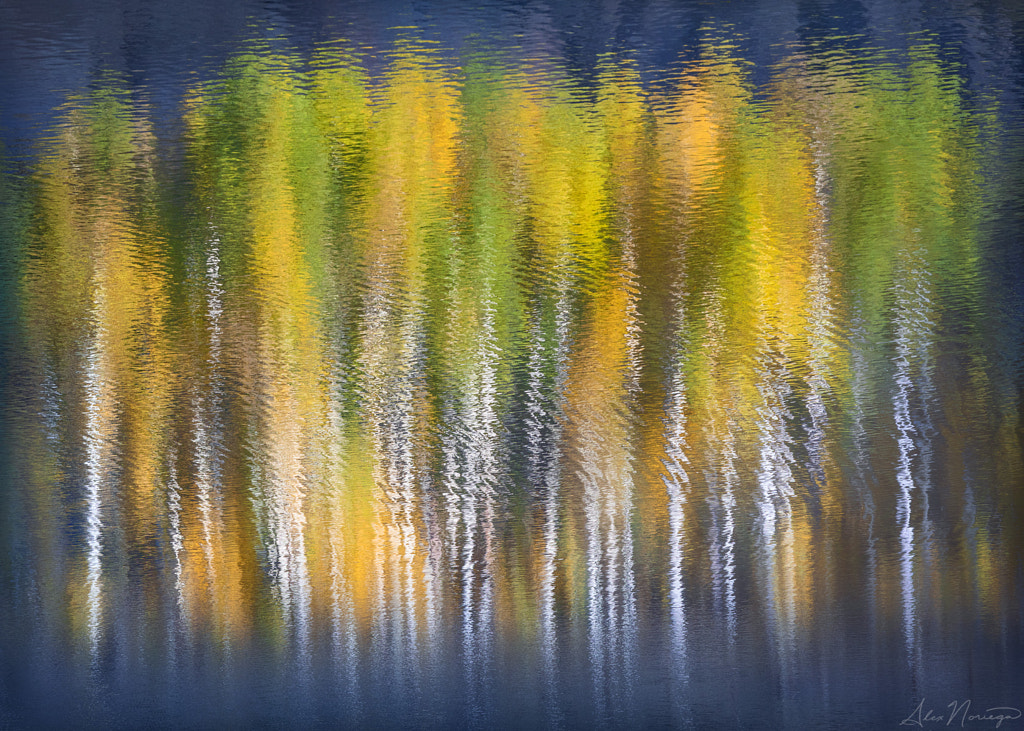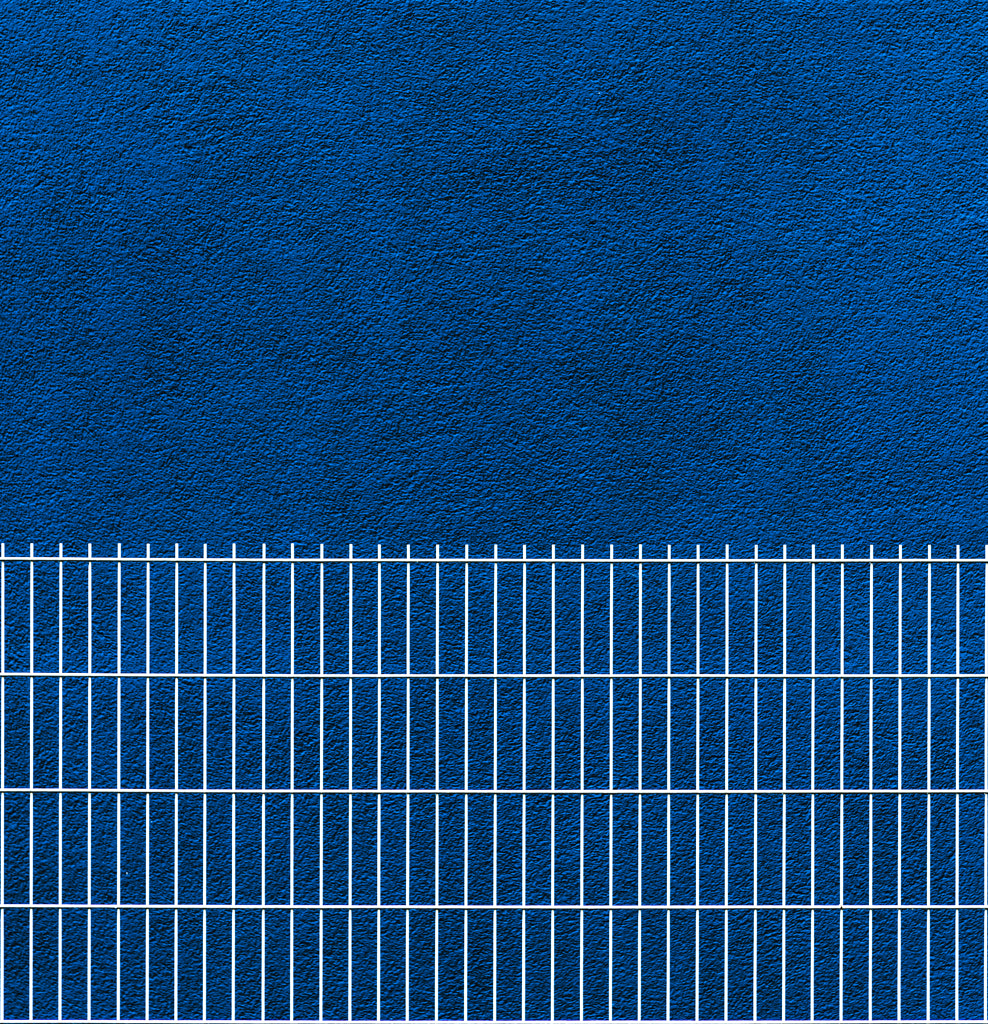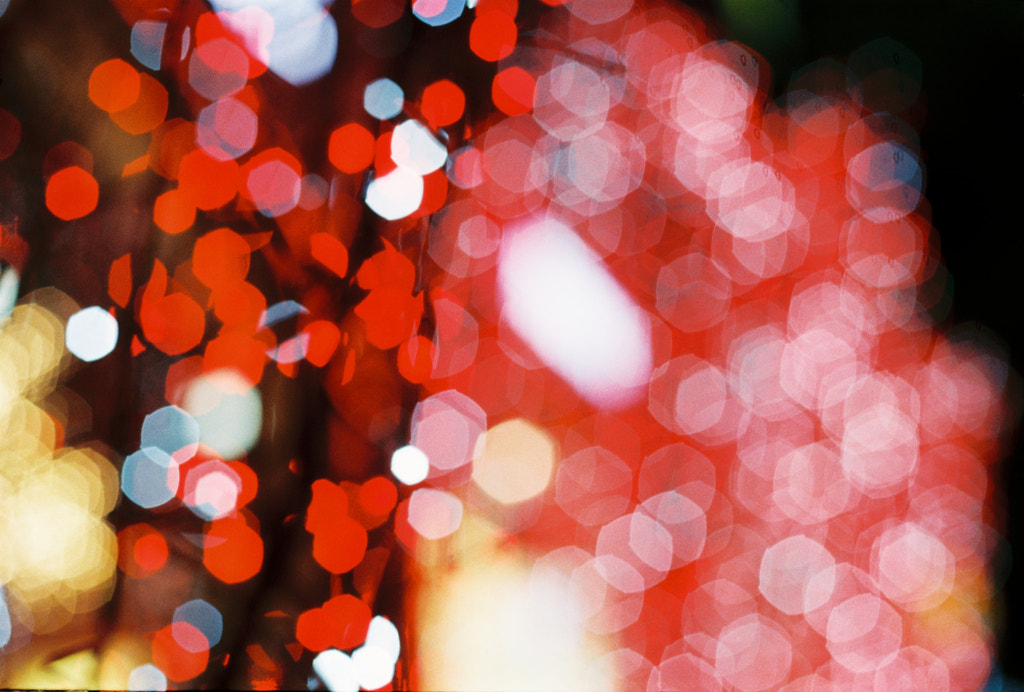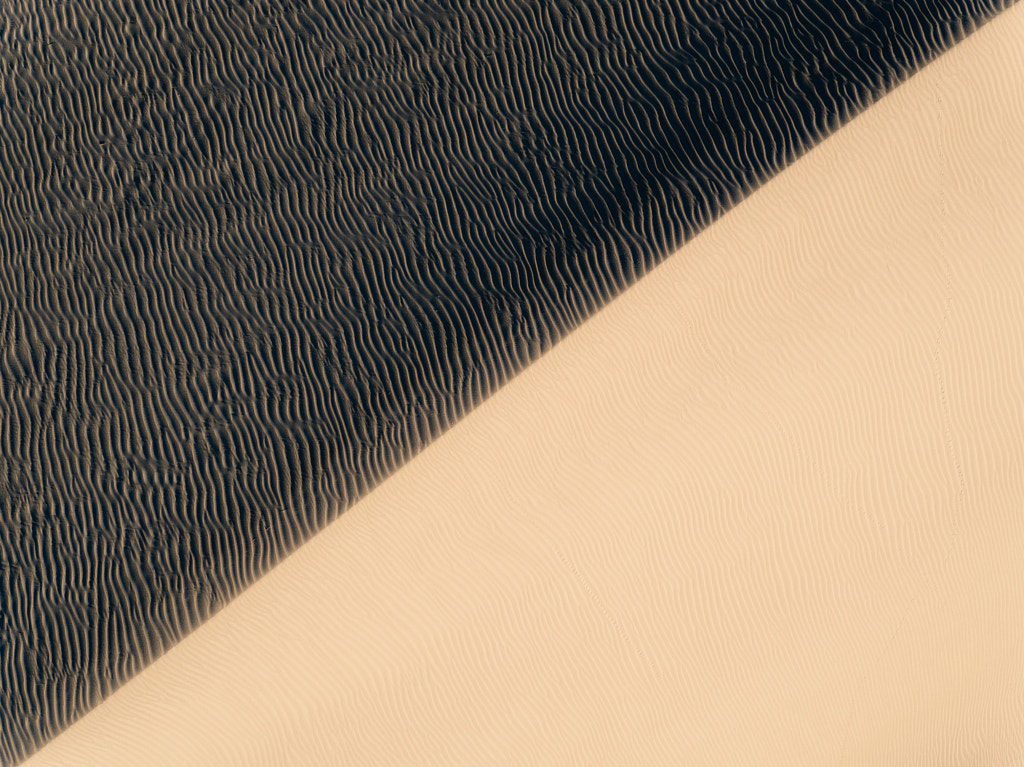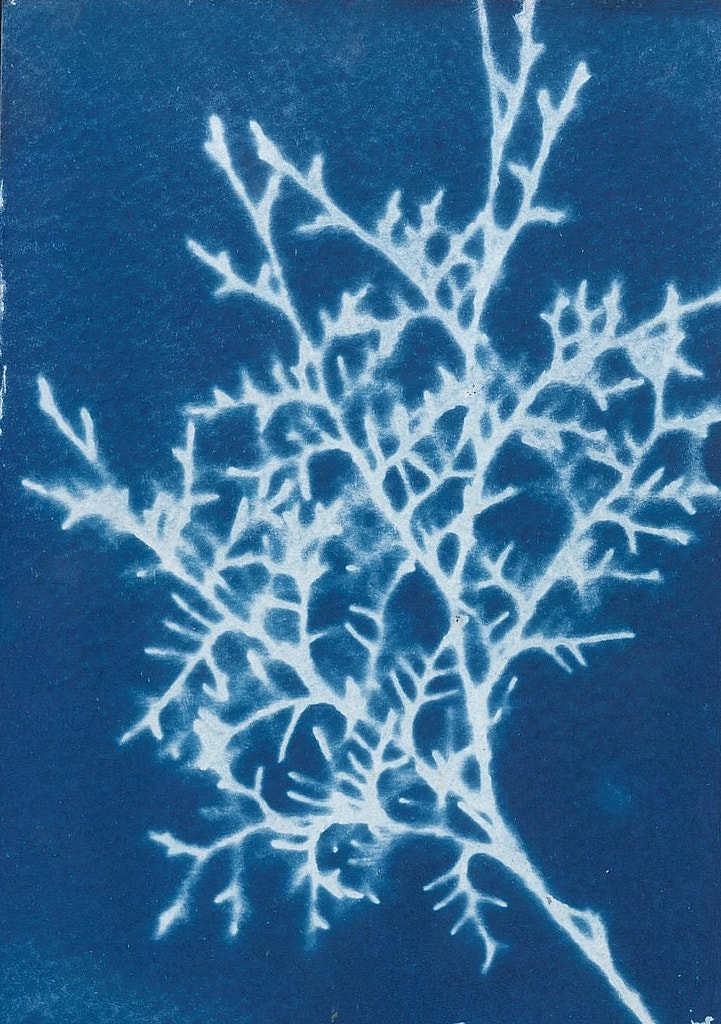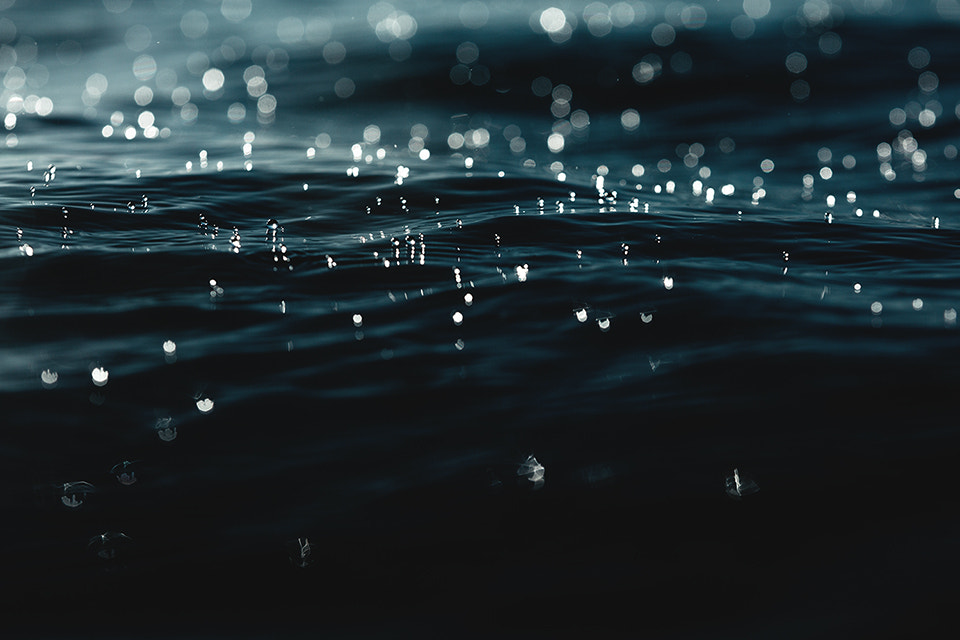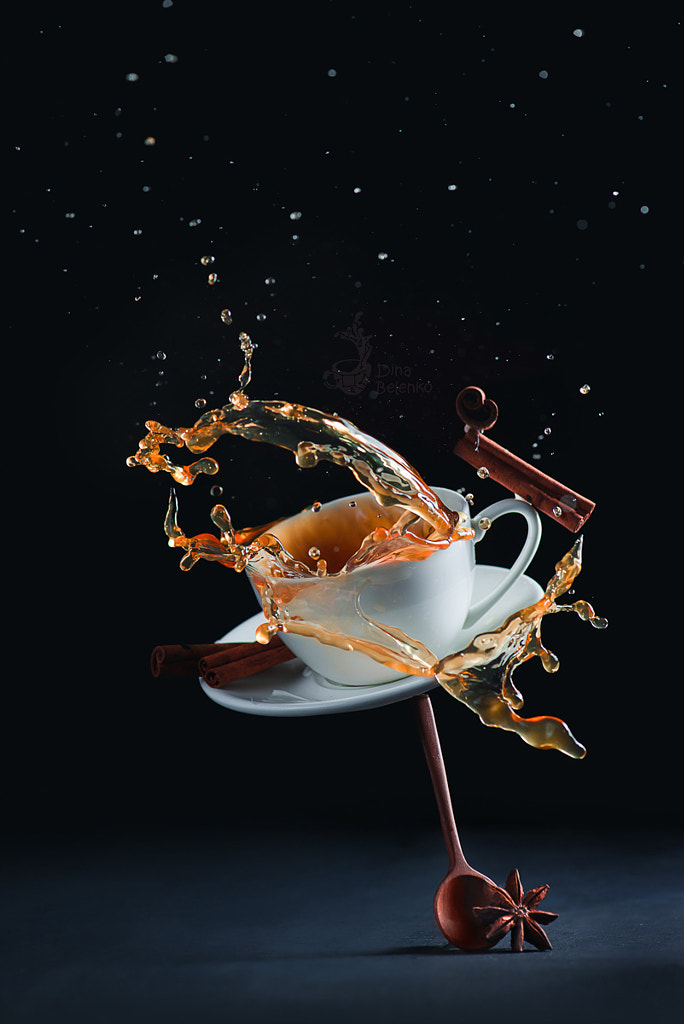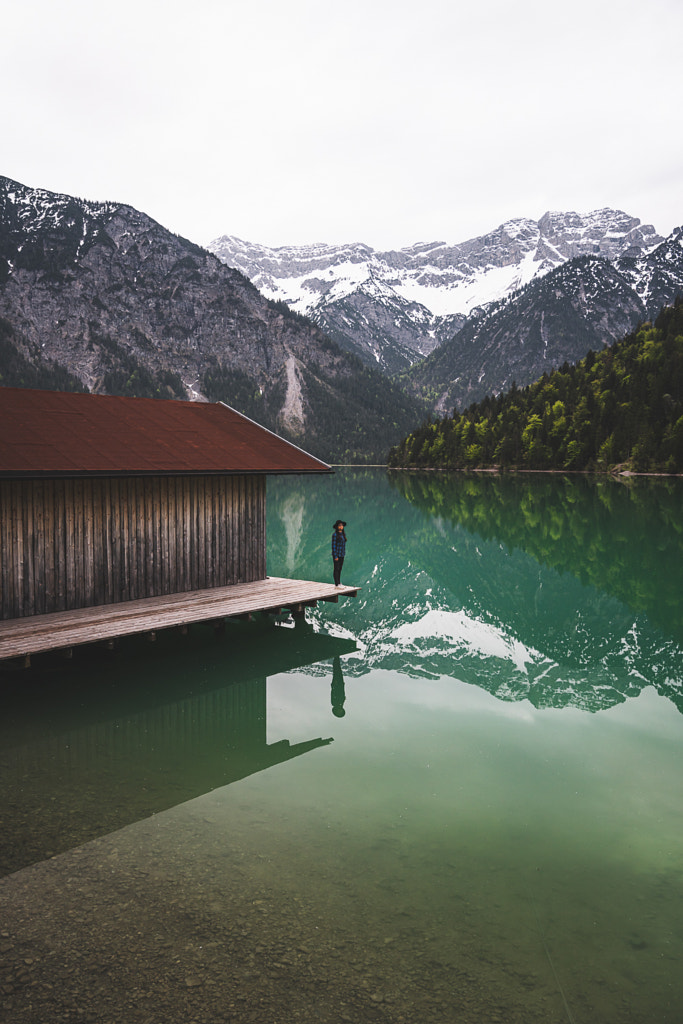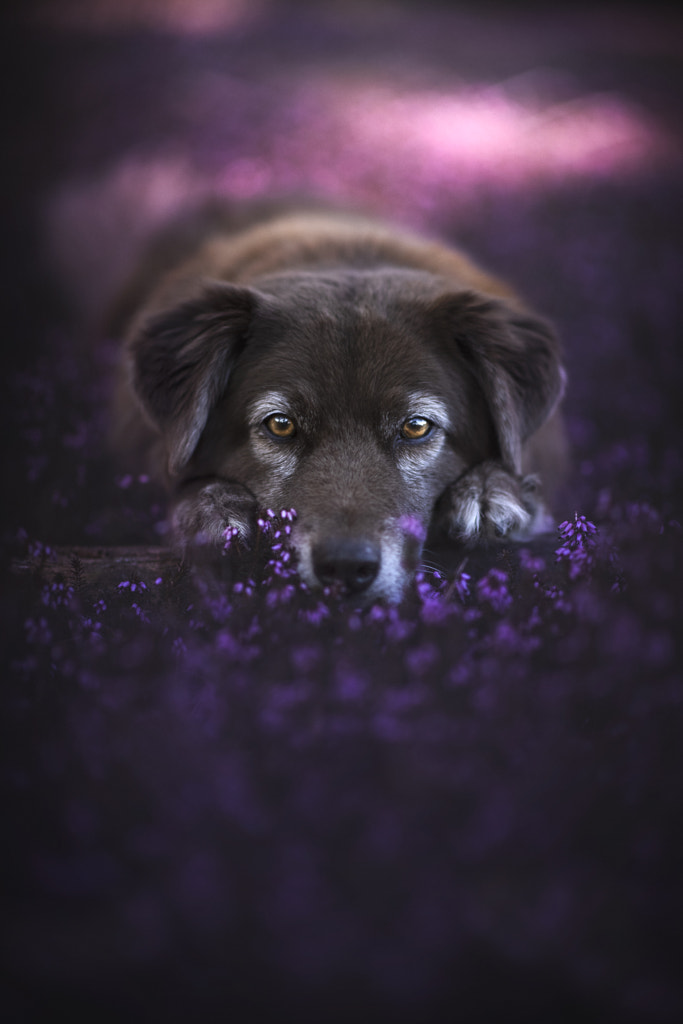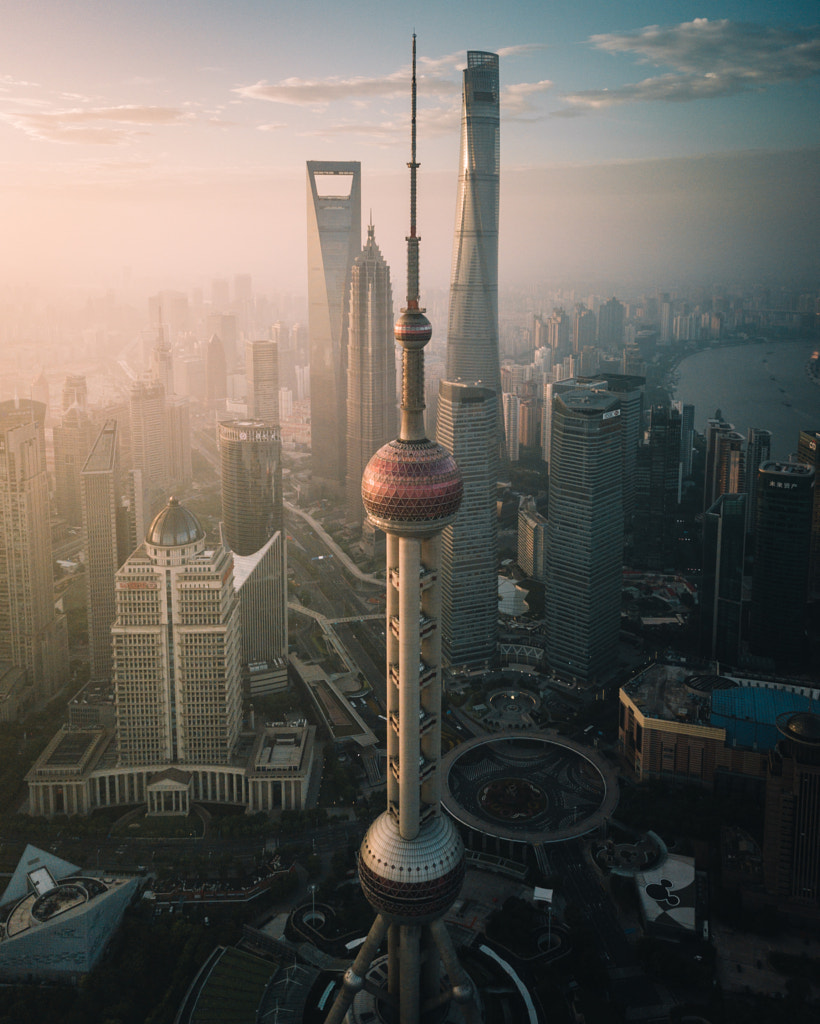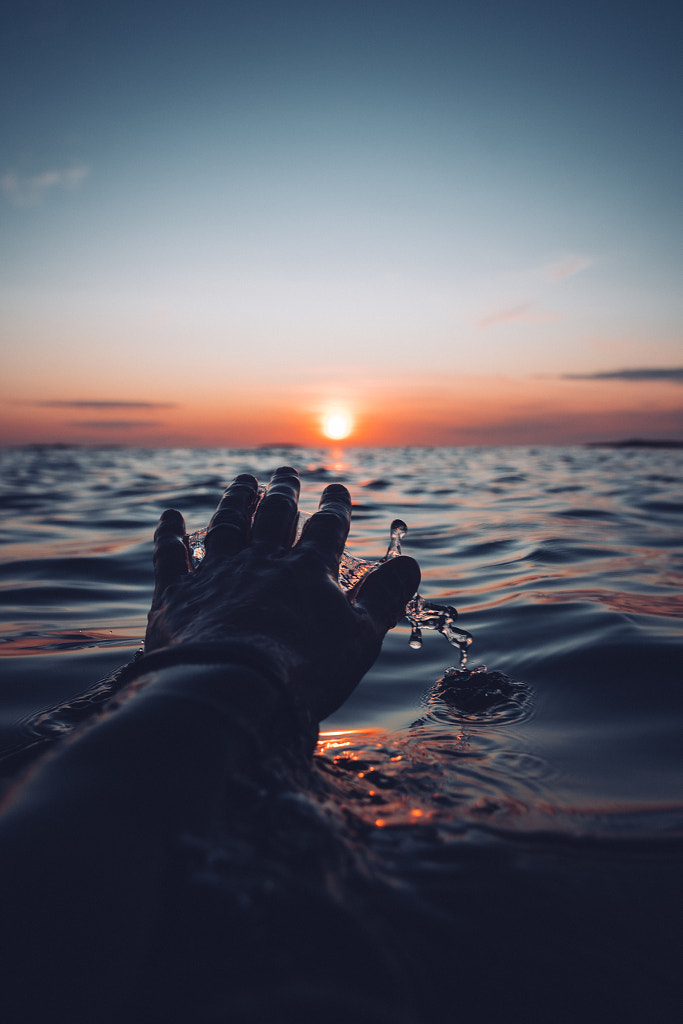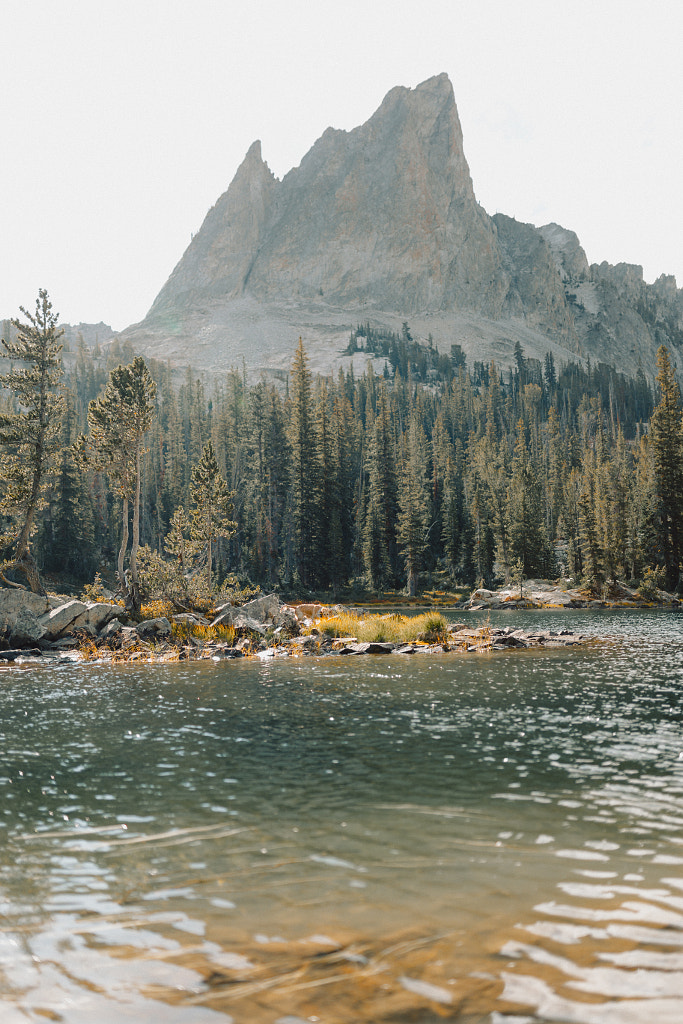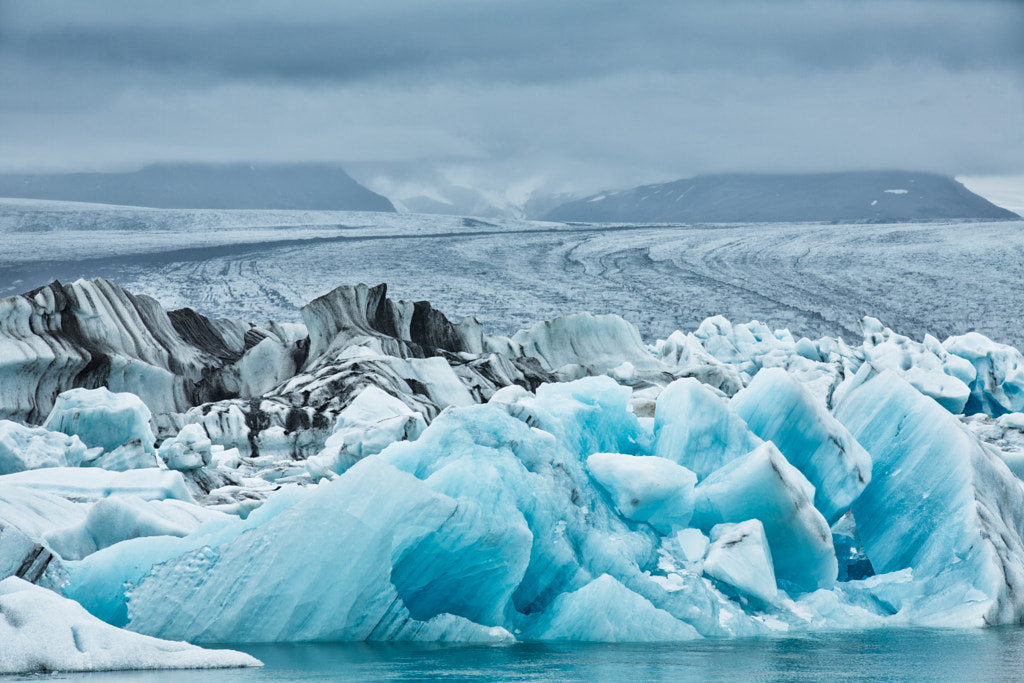If you are like me, you’re new to the stock photo industry. I have been taking photos for 13 years now, and have previously been on the buyer’s side of the stock photo industry in my short career as an art director.
However, with 500px Prime, I am very excited to participate as a photographer. As soon as we launched, I jumped right in and uploaded lots of photos. Here are the 10 things that I have learned about stock photography that might be helpful to you as well.

1. Get model releases early
I have to admit, I take a lot of portrait and fashion photos (follow me), and I often ask my friends to model for me. So when I decided to upload those photos to 500px Prime, I had to ask for proper model releases.
Tracking down everyone on multiple continents and throughout many time zones is hard. It is much easier to download a model release app or to have a model release printout ready in your photo bag when you are out shooting. Asking for a model release before the shoot will make your life much easier, and your model will have more opportunity to clarify how he or she would like the photos to be used.
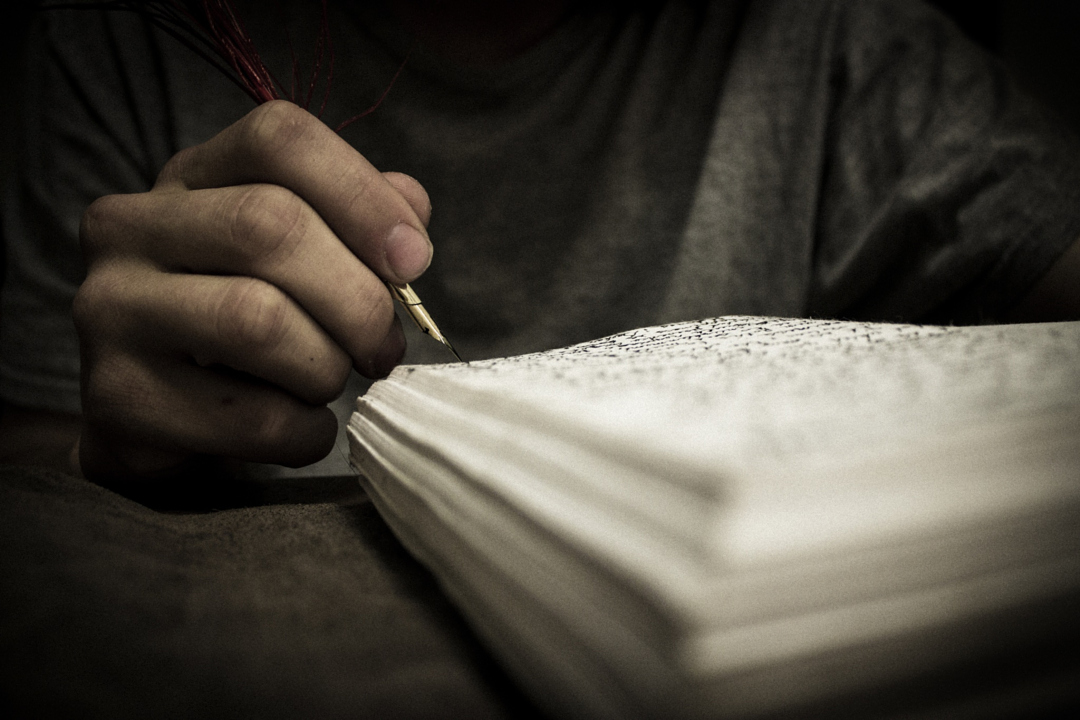
2. Take time to keyword your photos
I’m still new to this, so I have made a lot of mistakes in keywording. To help me and fellow photographers, our editors put together a list of handy tips on how to keyword your photos.
The key to keywording is to think like a buyer. Whether they look for emotions (bonding, happiness, empathy) or traits (individuality, simplicity, beauty), try to extract the words your photo can express. According to some experts, the ideal number of keywords is 20-25, but they have to be relevant. Spam keywords can actually hurt your photos.
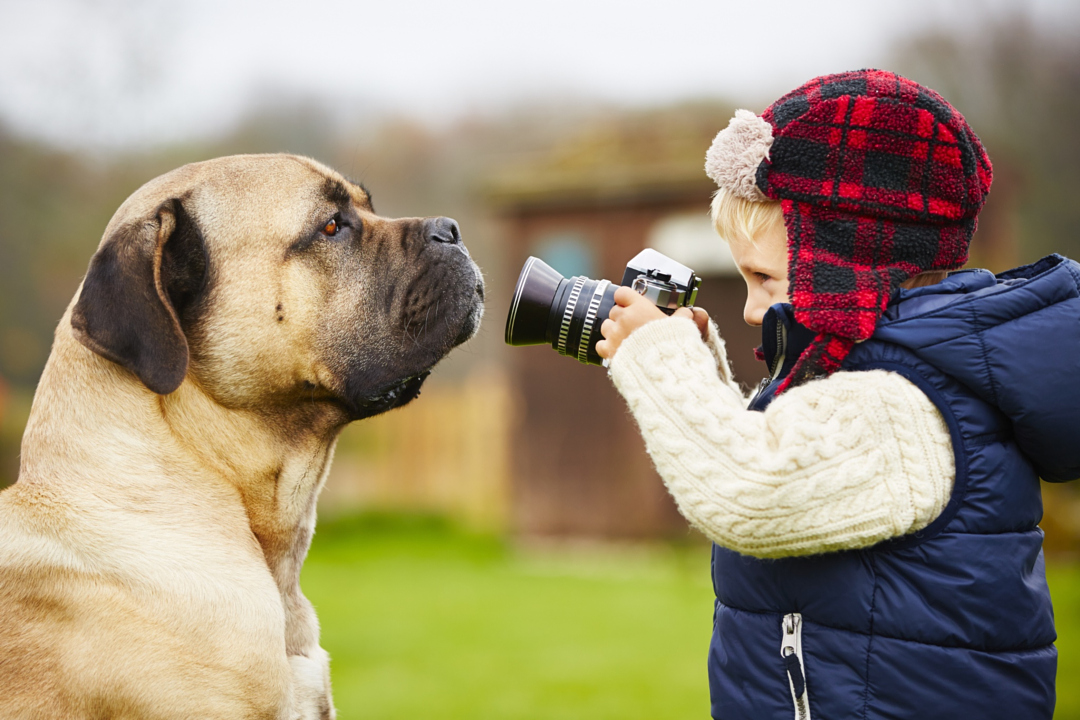
3. Photographers are their own worst editors
I have noticed it before, and it is even more relevant when trying to get into stock photography: photographers are usually their own worst editors. In the past, the photos that I hated got picked for a full spread in magazines, but photos that I loved got rejected altogether. The takeaway here is to upload more photos, both good and bad, because what you may think is bad could be perfect for the editor or creative director.

4. Be the supply to the demand
As a photographer, you market your photos to buyers. So in order to be successful, it’s important to sell what’s in demand. This doesn’t mean going against the grain and shooting something you don’t believe in, but lack of supply in areas of high demand is a lost opportunity.
There is a lot of research of what’s in demand in stock photography (authentic imagery, filtered photos à la Instagram, texture patterns, breathtaking landscapes), so you can be in sync with the market. At 500px, we have created special Twitter account, @500pxPrimePD, so that you can see what out clients are looking for.
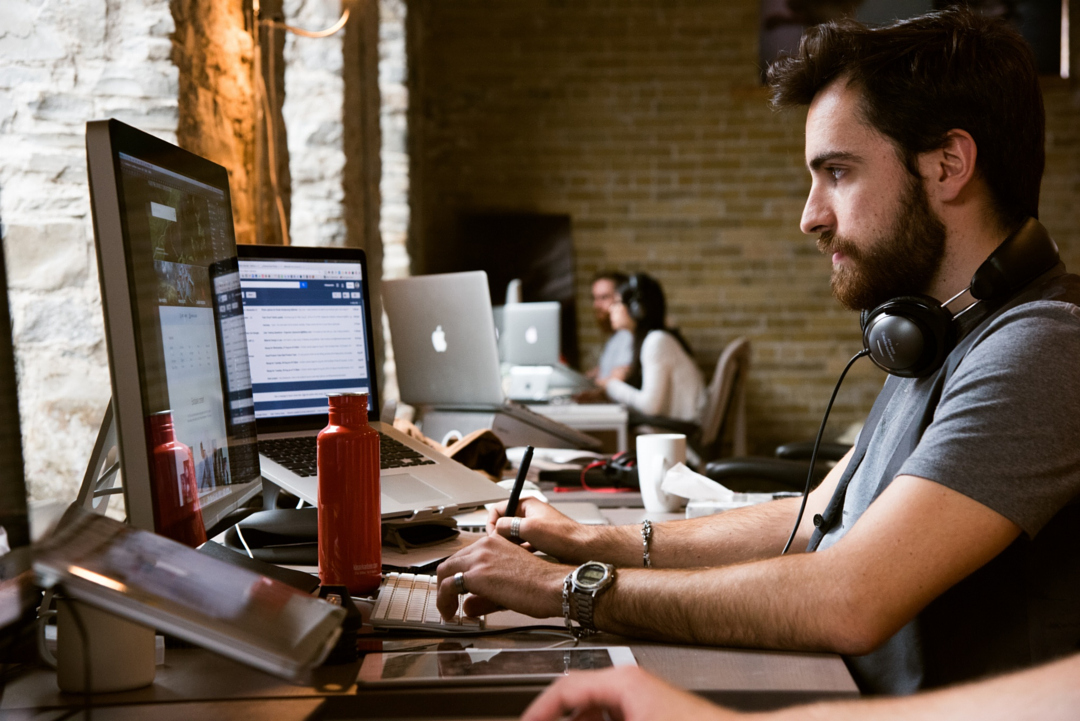
5. Be aware of brands and logos
I learned this one a bit too late, so it cost me a few hours of work in Photoshop. For commercially licensable photos, make sure your photos don’t have brands, trademarks or related graphics in them. For example, my photo of a car was rejected because both the brand and shape of the car is intellectual property of the car manufacturer. Same goes for swoosh logos, famous fruit logos, and so on.
Interestingly enough, some brands will add their logos in post-production!

6. Be a thought leader
To be successful in selling stock photography, it’s important to market yourself. Every single photographer who makes five to six digits a year selling stock photography invests heavily in marketing.
While spending money on ads might be one way of promoting yourself, marketing your particular area of expertise is a better way to achieve a good following and sales. Write about your photo shoots, travel, tips and tricks that you have learned doing what you love. There are a number of photographers successfully contributing articles and tutorials to 500px ISO and other blogs. So by writing this blog post, I’m promoting myself, too 

7. Master your domain
While you can submit all the photos you want, being a master in just a few domains can help. Create your own style, and art directors will be forever grateful. They are always on a lookout for fresh, authentic imagery, so having photography that stands out is a key to a successful sale.
One of the greatest examples of a photographer mastering his own domain would be Oleg Oprisco.
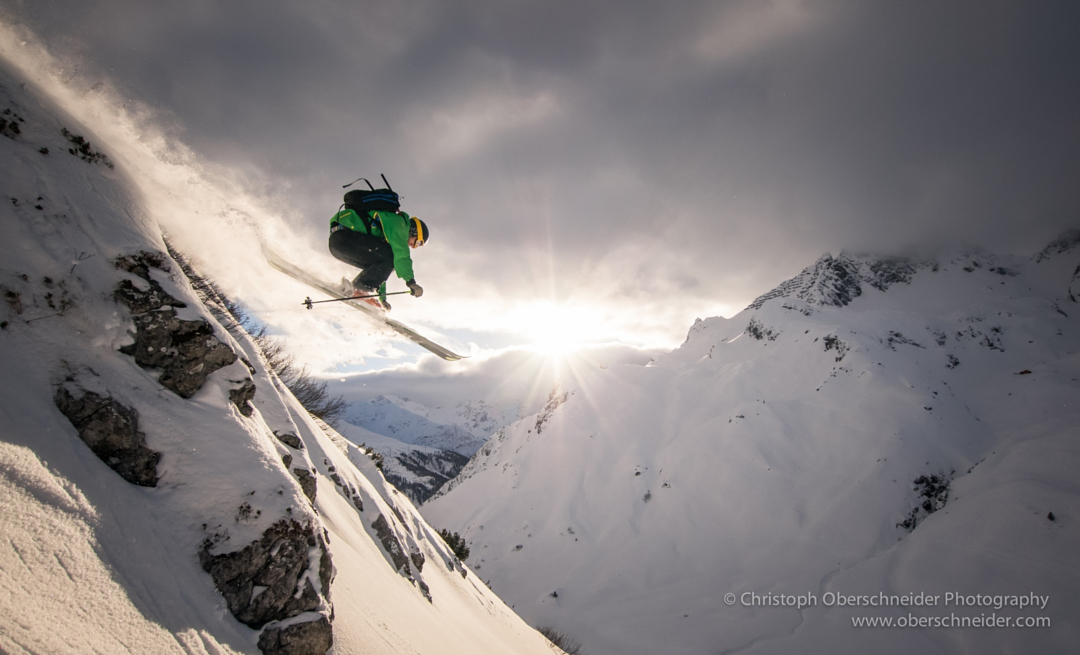
8. Keep the bar high
Sometimes I like to make photos a bit more grungy by adding excessive vignetting or simulated film grain. While it looks great on my profile or in print, I found my photos were often rejected because of this. Now I keep a separate copy of the same photo that is as clean and noise-free as possible to submit for licensing.
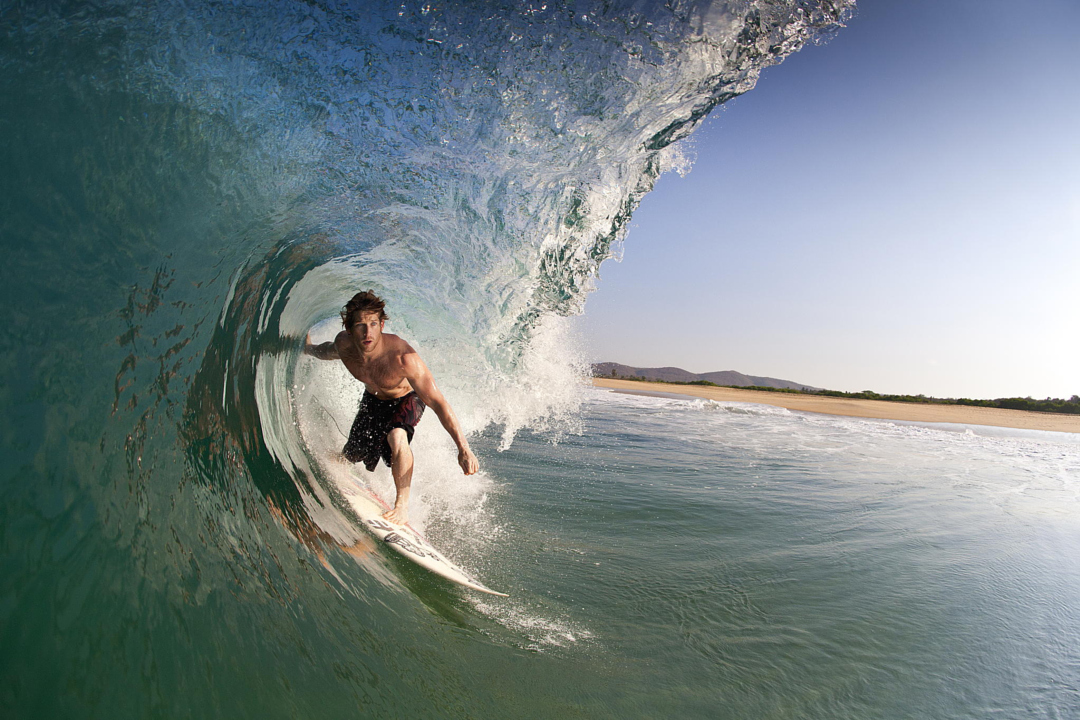
9. Save some space
When I shoot landscapes, a lot of composition rules apply to composing or cropping the shot. In my time working as an art director at the magazine, I found a lot of images to be not suitable due to lack of space for text or a headline around the shot. These days, when I’m done with my artistic shots, I tend to take a few more photos with enough space around my subject.
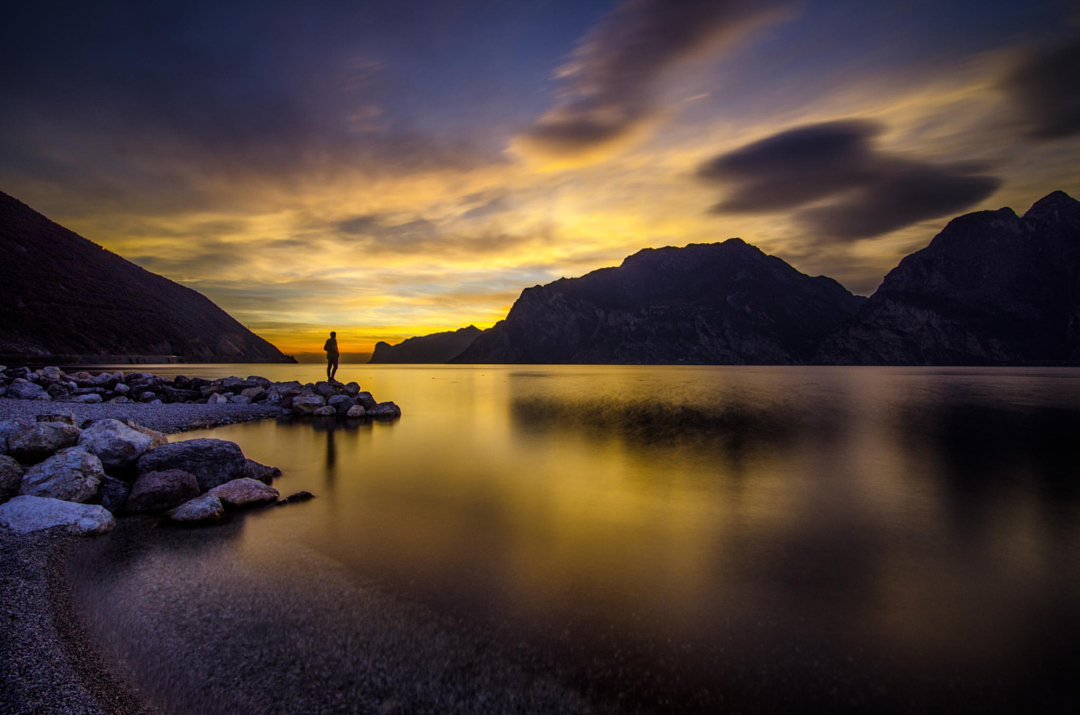
10. Go out and shoot more!
Lastly, the only way to get better at taking photos is to go out and take more photos, to try new techniques and to go to meetups with fellow photographers. Photos nowadays get dated very quickly, so to keep myself in shape I get out regularly!

You Might Also Like These Articles:
- 10 Questions To Determine If your Image Has Commercial Appeal For Licensing
- What’s selling in Licensing: Perfect copy space and simplicity
- 6 tips for expertly-titled licensing images that’ll get found faster
- 7 things you should know when licensing your photos
The post 10 Helpful Tips to Jumpstart Your Stock Photography Business appeared first on 500px.
[NDN/ccn/comedia Links]